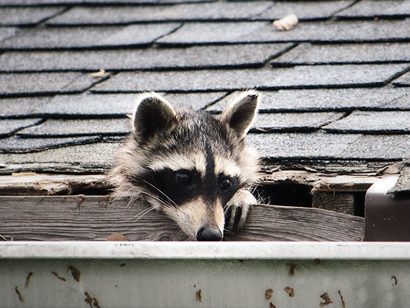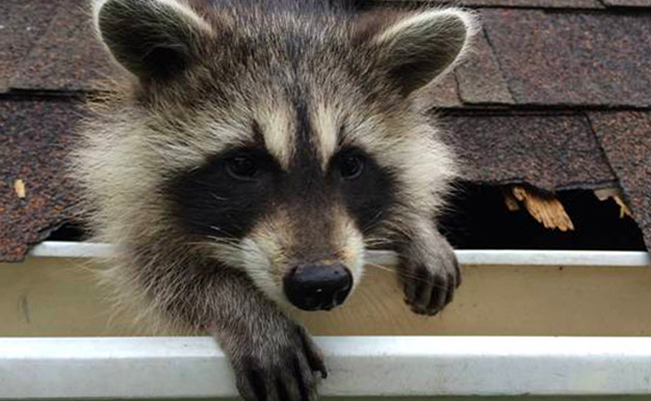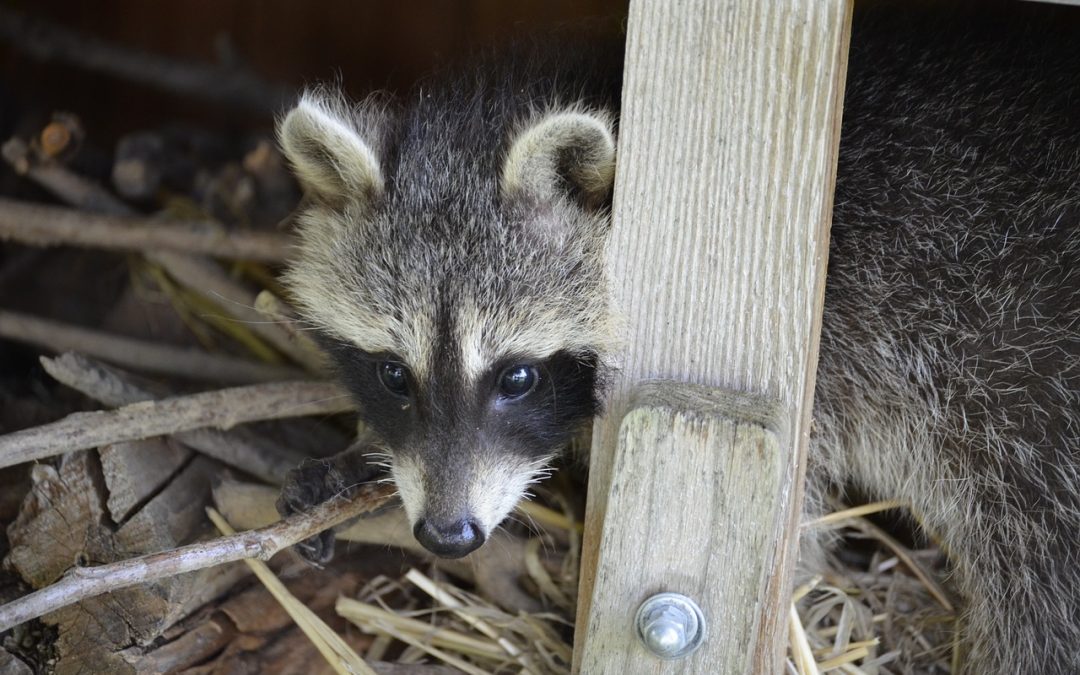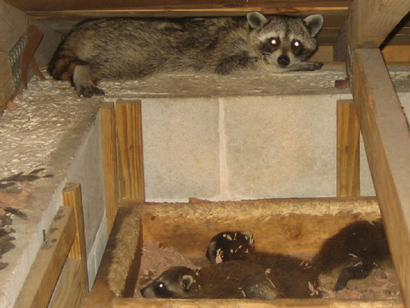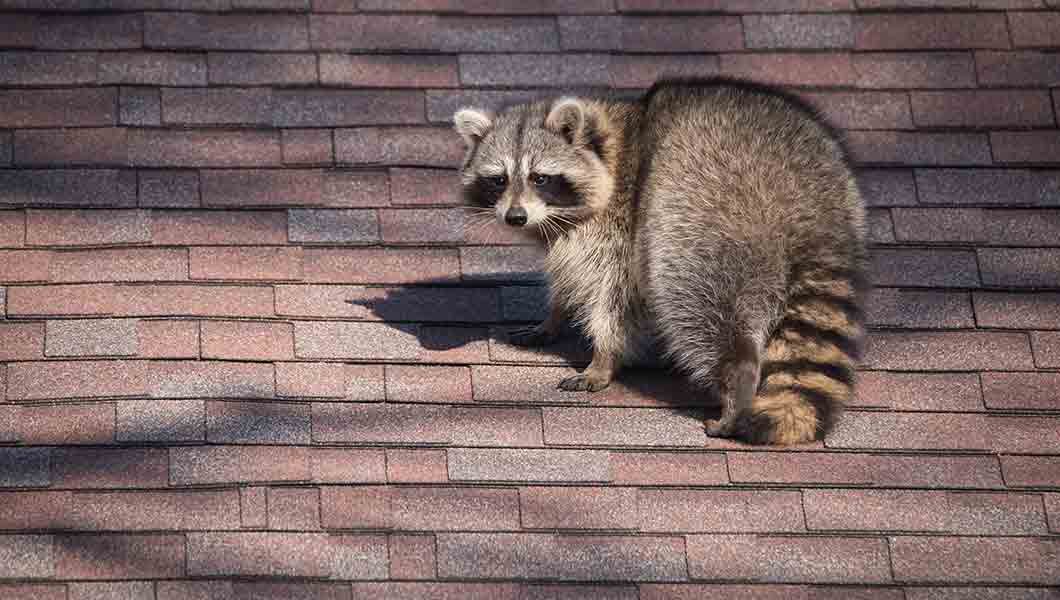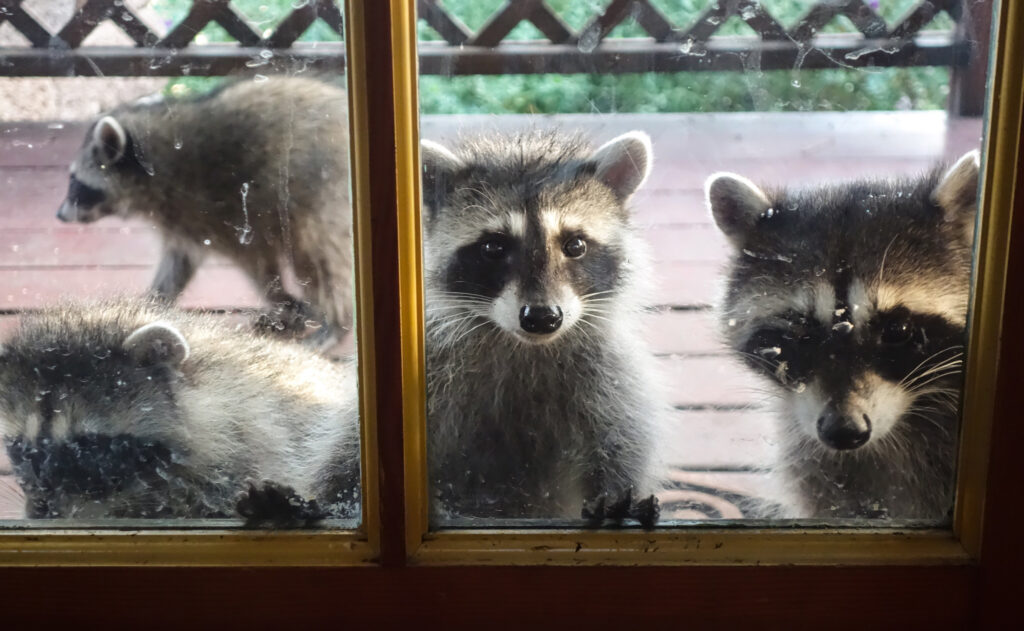Raccoon Nest On Roof

Raccoon rely on trees to nest and escape from predators.
Raccoon nest on roof. Raccoons will use almost any organic material for nesting like newspaper clothing or cloth. Once the raccoons have an identified a spot that offers them sufficient food and water they will begin building a nest. Removing a raccoon on the roof. Large mature trees are sought after by many homeowners for their beauty and shade but large trees mean long branches that can overhang roofs.
Any wooden box at least two feet wide with an opening of at least 6 inches will do. It must be off the ground preferably in a tree. Keep tree branches trimmed to make it harder for raccoons to get on to your roof. To identify a raccoon on your property you should first know what they look like and how they behave.
How do you spot a raccoon on your property. Raccoons like to make cozy dens whether they build their dens in a tree or under your home. If so you certainly aren t alone. You may see nesting material strewn around your hard in your attic in your garage or under your deck.
In most cases and particularly of concern if they are on a domestic roof the raccoons will have found a nest and during the mating season this will mean you have baby raccoons to deal with as well as the parent. Raccoon nesting box you can help out by building a nest box for raccoons. Wondering about how to keep raccoons off your roof. Typically raccoons get in through the eaves of the roof or in openings at the foundation level.
Once you ve located the access point the next step is to make your home inhospitable. The following tips can help you identify and deal with raccoons. Is the raccoon nesting in the attic. Even if these nuisance animals didn t carry disease or cause significant property damage raccoons would still cause homeowners considerable trouble and annoyance thanks to their ability to break into garbage bins and scatter trash everywhere in search of a meal.
Below is the longest email i ve ever gotten but it s got some good lessons about raccoons on the roof. Raccoons in the wild have been known to build their dens in hollow tree trunks. That ll help out raccoons a great deal. Raccoons begin mating in january with the nesting season continuing until june.
Finding nests tracks and droppings are usually tell tale signs of raccoons on your property. Raccoons will use trees and branches next houses to access roofs. For more information about solving raccoon problems just go to the home page where you ll see all the information you could ever want about solving a problem with raccoons on the roof and attic.

